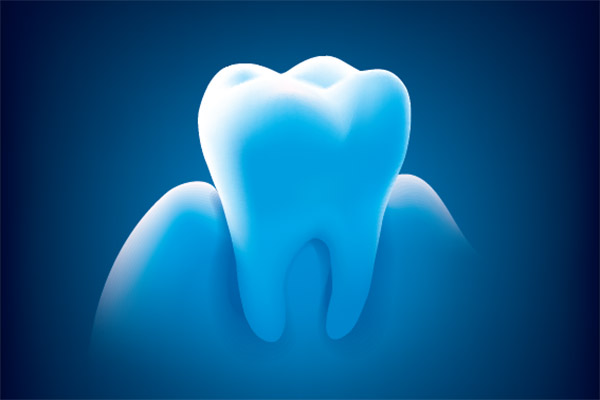 Dental implants are one of the options you get to explore if you are looking to replace missing teeth. These restorations are placed in the jaw and become one with your jawbone through a process called osseointegration.
Dental implants are one of the options you get to explore if you are looking to replace missing teeth. These restorations are placed in the jaw and become one with your jawbone through a process called osseointegration.
While there is a common misconception that implants replace teeth, they actually replace teeth roots. These roots attach teeth to the jawbone and usually fall out with teeth. Teeth roots play an important function transferring bite forces into the jaw. Implants replace teeth roots and perform the same role, helping to prevent the bone tissue loss that occurs when teeth fall out. Bone tissue loss in the jaw can have drastic effects on a person’s appearance, like wrinkles forming around their mouth or a sunken look.
Important things to know about dental implants and bone health
Dental implants are the only teeth replacement option that can be used to prevent bone tissue breakdown after teeth are lost. Dentures and bridges only replace the visible part of teeth. They are not attached to the jawbone, so bite forces are not transferred when a person who has them bites down on something. Fortunately, implants can be combined with either dentures or bridges to provide patients with a more comprehensive solution.
The process
Lifestyle choices like alcohol consumption and tobacco use can also delay a patient's recovery following implant placement. Patients might have to give up such habits leading up to and after their treatment to reduce their risk of complications.
Patients also need to have enough thickness in their jawbones to keep implants in place without reaching the nerve at the bottom of the jaw. Bone grafts can be used to thicken a patient's jawbone, but the procedure takes up to three months to recover from. Patients typically have to be healed from bone grafts before implants can be placed.
Local anesthetics are normally used when implants are placed since incisions are made into gum tissues to reach the jaw. Holes are drilled where the implants will be placed, and they are pushed in until the bone tissues around them hold them in place.
Patients are given up to six months to heal before coming back for the second part of the treatment. An abutment is attached to the implant to serve as a base, and the implant crown goes right on it to replace the missing tooth. The entire process of replacing teeth with implants can take up to six months, but patients sometimes get temporary crowns immediately after the implants are inserted.
Recovery after implant placement
Patients should stick to soft and liquid foods while their implant fuses with their jawbone. Some soreness and discomfort might be experienced after the anesthetic wears off, but it should go away within a week. Over-the-counter painkillers can often be used to manage any discomfort.
Protect your jawbone with implants
Dental implants give you a natural-looking teeth replacement option while protecting your jawbone. Call or stop by our Cos Cob clinic to learn more about these restorations.
Request an appointment or call Premier Oral Surgery & Implantology Center at 203-347-4046 for an appointment in our Cos Cob office.
Related Posts
Preparation is a crucial part of the success of procedures involving dental implants. When it comes to tooth replacement, implants offer a solution similar to having a natural tooth again. However, patients should understand the process and the steps they must take to lay the foundation for a safe and effective procedure.The entire dental implant…
Dental implants support permanent artificial teeth, making them a popular alternative to dentures. Dental implants require oral surgery, providing a durable, effective, and natural-looking tooth replacement. If you are considering implants, preparing for the postoperative period can make for a much smoother recovery.Dental implants are biocompatible metal or ceramic posts inserted into the jaw. They…
Dental implants can make you feel more confident about your smile, and they keep bone tissues in your jaw healthy. Implants are one of the popular ways to replace missing teeth and provide more benefits than alternatives like dentures and implants.Implants serve as bases for artificial teeth that are attached to them, like crowns, dentures,…
